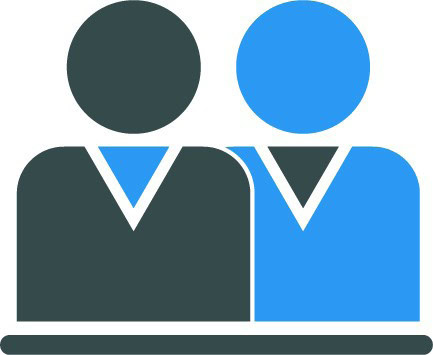106
Student’s Guide – Missed Our Chat Today
Overview:
This story is about making a human connection with a patient and how small personal touches and recognizing the needs of others are the key to an exceptional patient experience.

Primary Learning Outcomes
After completing this lesson, you should be able to:
- Recall and describe ways to engage patients to make an emotional connection.
- Discover and explain techniques for seeing care through the patient’s eyes.

QSEN Pre-Licensure Competencies
The following QSEN competencies are addressed in this lesson:
- Patient-Centered Care: Recognize the patient or designee as the source of control and full partner in providing compassionate and coordinated care based on respect for patient’s preferences, values, and needs.
Story Directions:
As you listen to and read the story, think about the things that you think the team members did well, and the things you think could lead to errors. Also, consider the questions below as you listen.
Reflection Questions:
- How might you make an emotional connection with a patient on a regular basis in your role?
- What is one thing you could do to see through the patient’s eyes to better anticipate their emotional needs?

